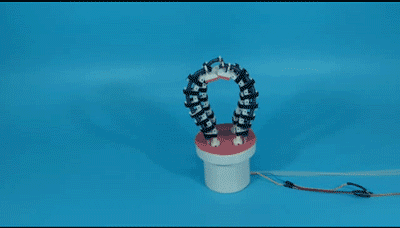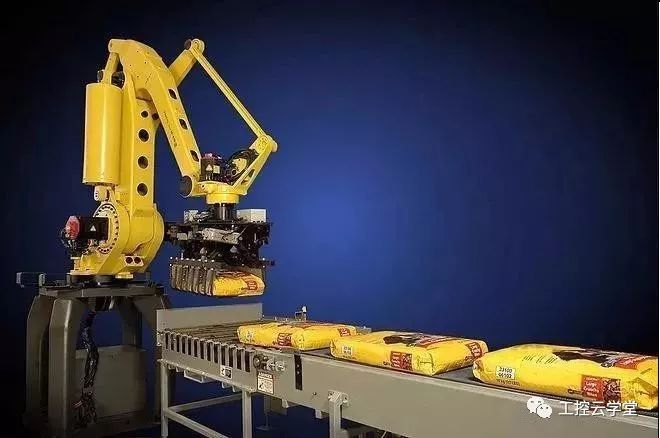How to choose the robot claw correctly? The choice of robotic grippers is always an important part of the robot arm design. We've brought you the following tips, the basics of picking a hand for a particular part.
The choice of fixture is important for the success or failure of robot unit integration. You need an accurate, simple end effector that can handle as many different parts as possible.
First you have to figure out what type of part this gripper will handle. Below is a list of key points that we systematically consider when choosing a robotic gripper. Choosing the right gripper works well and has good features to get the most out of it, but if it doesn't fit your application, its advantages will diminish.

size
The minimum and maximum dimensions of the object to be processed are very important data. You need to measure other geometric locations to see the best grip position for the fixture. Internal and external geometries need to be considered.
weight
The maximum weight of the part must be known. First, understand the payload of the gripper and the robot. Second, make sure the gripper has the required clamping force to handle the part.
material
The material composition of the part will also be a very important aspect of the clamping scheme. The size and weight can be handled by the fixture and the material needs to be compatible with the fixture to ensure that the components are gripped. For example, some grippers cannot be used to handle fragile items (such as ceramics, wax, thin metal or glass, etc.) and are easily damaged. But for our adaptive fixtures, the gripping surface can be appropriately reduced to the surface of the fragile part, so force control fixtures can also be part of the solution.

shape
Asymmetric, tubular, spherical and conical parts are a headache for robotic unit designers. It is very important to consider the shape of the part. Some fixture manufacturers can choose different fingertips that can be added to the fixture to suit a particular application. Ask if the fixture is suitable for your specific application.
Number of parts
Whether using a tool changer or an adaptive fixture, you must ensure that the robot tool has the correct mastery of all parts. The tool changer is large and expensive, but can work on the virtual part of the part with the right custom tools.
Your production plan
In addition, you should consider whether your production will change over time. If the pipeline has been manufacturing the same parts for the past decade, it may not change often. On the other hand, if the assembly line is to integrate new parts every year, you should consider that the fixture should be able to accommodate these additions. You can even consider using your grip to adapt to other applications. Consider this factor and choose a hand. Make sure the fixture can accommodate the future potential operation of the robot cell.

By determining part specifications, you can now compare this data to the available fixture specifications. You can determine the stroke of the fixture you need by the shape and size of the parts that must be processed. The required clamping force can be calculated taking into account the material and weight of the part. What are the different parts that the fixture can handle, whether the robot unit needs a tool changer, or whether a single fixture can work properly.
Draw-wire sensors of the wire sensor series measure with high linearity across the entire measuring range and are used for distance and position measurements of 100mm up to 20,000mm. Draw-wire sensors from LANDER are ideal for integration and subsequent assembly in serial OEM applications, e.g., in medical devices, lifts, conveyors and automotive engineering.
Linear Encoder,Digital Linear Encoder,Draw Wire Sensor,1500Mm Linear Encoder
Jilin Lander Intelligent Technology Co., Ltd , https://www.jilinlandertech.com